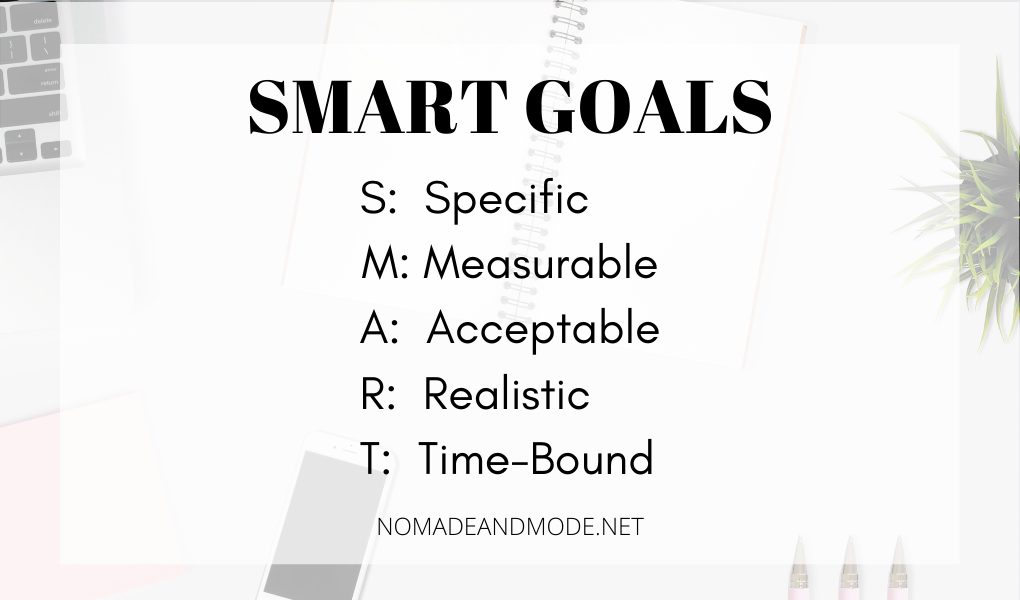
Recently I have been working as an Assistant Psychologist with young people in hospital on Goal Based Outcomes (GBOs). Working on GBO’s is a shared decision-making process where the young person has opportunities to reflect on what they want help with and what their goals are. As a multidisciplinary team (Psychologists, Consultant Psychiatrists, Mental Health Nurses, Support Workers, etc.) our aim is to incorporate the young person’s goals into a care plan so effective interventions/support can be implemented and maintained to reach the young person’s aim.
Branching out from a clinical setting, let’s take a look inwards. A similar approach can be used when it comes to our own personal goals. As the new year is a time of transition and adapting we may be reflecting on what the next season is going to bring for us and what we will bring.
At the beginning of this process it may be worthwhile to decide where you want to head. Establishing the destination will help you to determine the vehicle that will get you there, and will make tracking your progress manageable.
When deciding on destination goals, process goals may initially come to mind. It is important that we think of a destination goal as an end point of change while a process goal keeps us in the vehicle or mechanism stage. If you think your goal may be a process goal you can ask yourself a variation of the question, ‘’what do I hope will be different if (process goal) happens?’’ The answer to this question will hopefully provide a more outlined goal – the destination.
Three or less destination goals may be a realistic place to begin. Of the three, some may be clear from the onset and others may take some time. A suggestion could be to provide yourself with three dedicated periods of reflection to establish these goals. After these three points in time move forward with what destination goals you have.
____________________________________________________________________________________
Note: The destination goal comes before establishing the vehicle or means that will get you there. However, the destination needs to be in reach and possible to achieve. Set yourself up for as much success as possible. Check to make sure your goal is SMART so that a path to it is indeed possible.

S: Specific
M: Measurable
A: Acceptable
R: Realistic
T: Time-bound
_______________________________________________________________________________
It takes some time to formulate these goals, so own them and write them down! Give each one a number and decide how often you want to check in on your progress (e.g. weekly, bi-weekly). When first writing your destination goals down give them each a score from zero to ten. A score of zero means no progress has yet been made towards the goal, while a score of ten means a fully reached goal.
Now that a destination has been established, sub goals, the process, and the way of transportation to reach them can be thought of. Ask yourself if your vehicle (your plan) is SMART as well, and what you can be accountable for without guilt attached. These goals and getting there are for you and only you.
Each time you go back to your destination goals, create a scale drawn next to the first scale and record another number for the same goal. At the end of twelve records you will be able to visually see on your page how your progress has developed across the weeks/months.
Having sight of where we want to go is supportive of growth, change and positive developments in your life. Defining that destination can make the process to get there seem reasonable and worth the effort, accountability and time. It also breaks down what we need to do to get there more simply. It takes well mustered up motivation and courage to take on new goals so my hope is that this approach will increase your success, and success can be found through your progress.
Chelsea Robin is a contributing writer for Nomade & Mode. A Nomade herself, Chelsea is originally from Calgary, Canada and is now based in London, England where she recently earned her Masters in Clinical Psychology.
Click here to read more on Inspiration + Mindset by Chelsea on Nomade & Mode.


